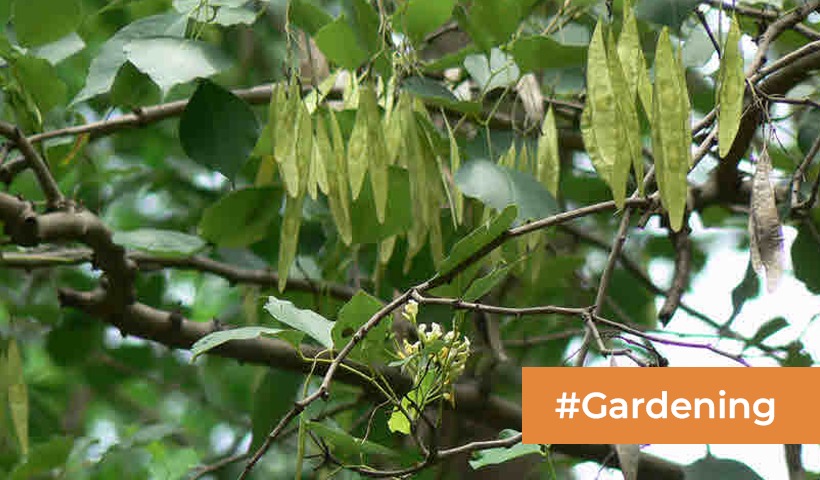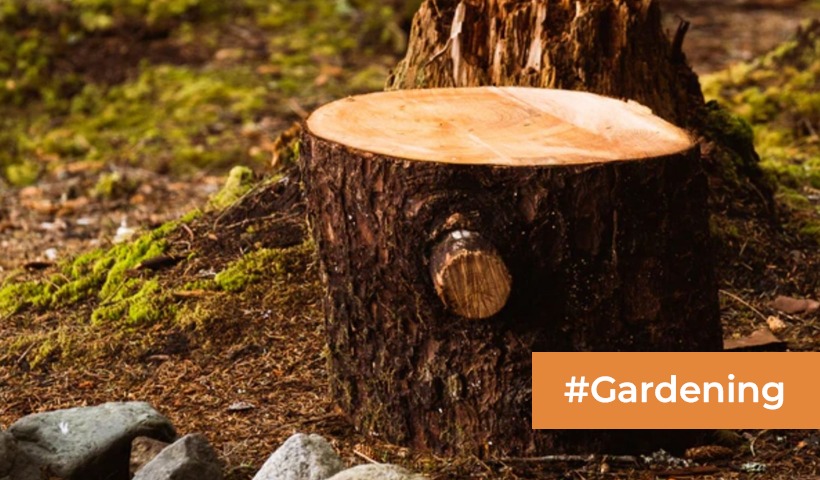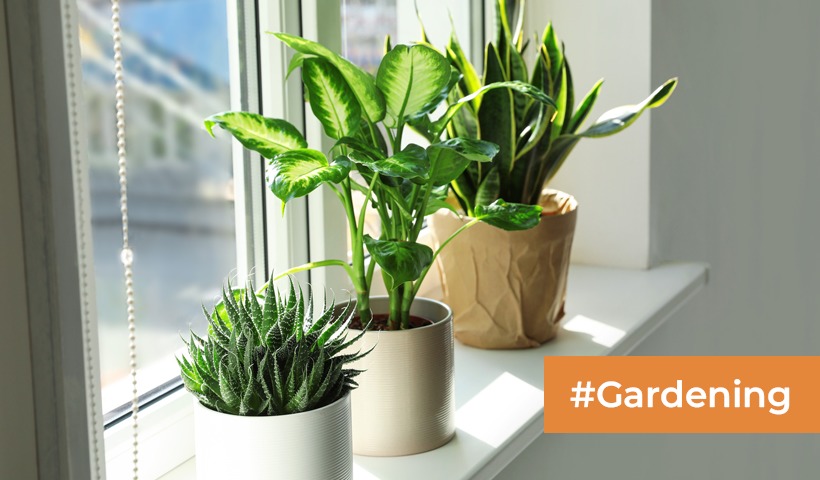Backyard Bounty: A Beginner’s Guide to Growing Grapes at Home!
Imagine strolling through your own backyard, plucking plump, juicy grapes straight from the vine. Growing grapes in your backyard is not only a delicious endeavor but also an excellent way to enhance your garden’s beauty. Whether you’re a seasoned gardener or a newbie, this comprehensive guide will help you successfully cultivate your grapevines and enjoy the sweet rewards of homegrown grapes.
1. Select the Right Grape Variety
Before you start planting grapevines in your backyard, it’s essential to choose the right grape variety. The type of grapes you select depends on your location, climate, and your preference for table grapes or wine production. Common grape varieties suitable for home gardening include Concord, Thompson Seedless, and Cabernet Sauvignon. Research the varieties that thrive in your region and match your desired outcome.
2. Choose a Suitable Location
Grapes require plenty of sunlight, so select a sunny location in your backyard with at least 6-8 hours of direct sunlight each day. Ensure good air circulation to prevent mold and disease. Proper drainage is also vital, as grapes don’t like standing water.
3. Prepare the Soil
Grapes thrive in well-drained soil with a pH level between 6.0 and 6.5. Perform a soil test to assess your soil’s condition and make necessary amendments. Incorporate organic matter into the soil to improve its fertility and structure. Adequate soil preparation is essential for the health and productivity of your grapevines.
4. Plant Your Grapevines
Planting grapevines is best done in late winter or early spring when they are dormant. Follow these steps:
- Dig a hole about two feet wide and deep.
- Place the grapevine in the hole, ensuring that the roots are well spread.
- Backfill the hole with soil and water thoroughly.
- Space grapevines at least 6-8 feet apart.
5. Provide Support
Grapes need a sturdy support system to grow and flourish. You can use trellises or arbors to support the vines. Be sure to install these supports before you plant your grapevines to avoid damaging their roots.
6. Pruning and Training
Pruning is essential for grapevines to maintain their shape, control growth, and encourage fruit production. Prune your vines in late winter or early spring, removing dead or diseased wood and leaving only the healthiest canes. Grapes can be trained in various ways, such as the spur, cordon, or Guyot systems. Choose the training method that suits your space and needs.
7. Watering and Maintenance
Grapes need consistent watering, especially during their growing season. Provide deep, infrequent waterings to encourage deep root growth. Mulching around the base of the grapevines helps retain moisture and suppress weeds. Regularly check for signs of disease or pests and take appropriate measures to control them.
8. Harvesting
The time to harvest your grapes depends on the variety. Grapes should be plump and juicy with a rich color. Use pruning shears to cut clusters from the vine, taking care not to damage the main vine. Grapes are best when harvested at their peak ripeness.
9. Enjoy Your Homegrown Grapes
Now, the best part: enjoying your homegrown grapes! Whether you prefer to eat them fresh, make grape juice, or even venture into winemaking, the satisfaction of harvesting and indulging in your homegrown grapes is truly rewarding.
Growing grapes in your backyard can be a fulfilling and productive hobby. By selecting the right variety, preparing the soil, providing support, and following proper care and maintenance, you can cultivate healthy grapevines that produce a bountiful harvest. Whether you’re savoring them at your table or transforming them into your own homemade wine, your backyard grapevines will become a source of pride and enjoyment in your gardening journey. So, roll up your sleeves, pick up a trellis, and get ready to delight in the fruits of your labor. Happy grape growing!
Disclaimer: The views expressed above are for informational purposes only based on industry reports and related news stories. PropertyPistol does not guarantee the accuracy, completeness, or reliability of the information and shall not be held responsible for any action taken based on the published information.




